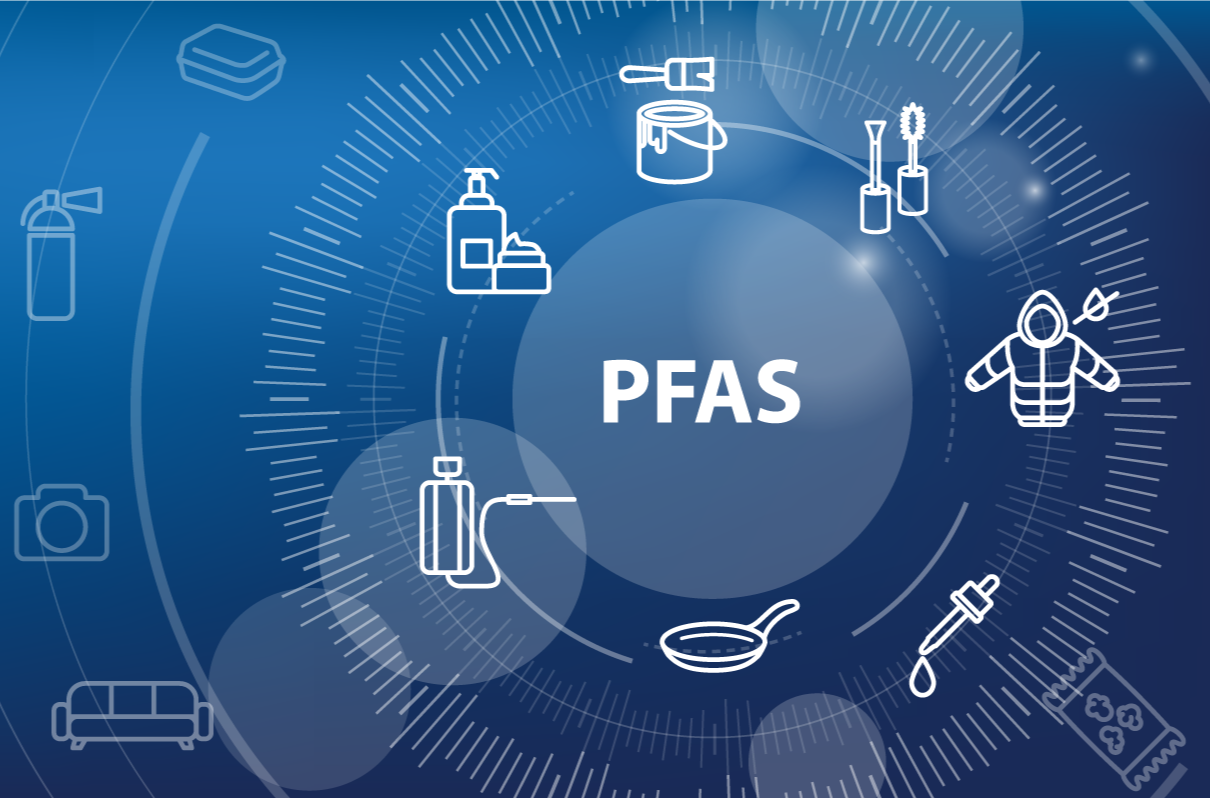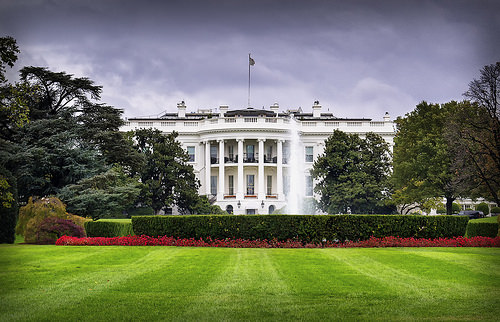In September 2025, California extended and amended authority for its statewide greenhouse gas (GHG) “cap and trade” program through 2045 – and rebranded it as “cap and invest.” The California Air Resources Board (ARB) has administered this program since 2012, as part of broader GHG reduction provisions created by 2006’s Assembly Bill (AB) 32. AB 32 initially committed the state to reduce total GHG emissions back to 1990 levels by 2020 (achieved in 2018); ARB’s latest GHG reduction scoping plan (issued in 2022), seeks to reduce statewide emissions to 85% below 1990 levels by 2045, achieving carbon neutrality. Subsequent legislation extended implementing authority for cap-and-trade and other related programs available to the California Air Resources Board (ARB) and other agencies through 2030. (I wrote about that extension (AB 398) HERE ). The newest legislation (AB 2017 and Senate Bill (SB) 840) continues the state’s GHG reduction efforts by making further changes to ARB’s cap and trade authority. The rest of this note summarizes these changes.
Read MoreAudit, Compliance and Risk Blog
California Extends and Amends its Greenhouse Gas Cap and Trade Program
Posted by Jon Elliott on Fri, Oct 17, 2025
Tags: climate change, sustainability, cap-and-trade, California, Climate, Carbon markets, Environmental Compliance, Climate Risk, California Regulations, Greenhouse Gas Emissions, GHG Reduction, cap-and-invest, California Air Resources Board
California provides checklist for required climate-related reporting
Posted by Jon Elliott on Thu, Oct 09, 2025
On September 2, 2025, the California Air Resources Board (ARB) posted a draft checklist with information to help targeted “covered entities” comply with requirements to provide “Climate Related Financial Risk Disclosure.” These Disclosures are required beginning January 1, 2026, in compliance with state legislation (SB 261 (Stern)) enacted in 2023 (which I wrote about HERE), and amended in 2024 (SB 219 (Wiener); I wrote about it HERE). The remainder of this note summarizes SB 261 and ARB’s draft checklist.
Read More
Tags: sustainability, ARB, compliance, Environmental Regulations, Corporate Sustainability, Climate Disclosure, ESG Reporting, SB261, CARB, Corporate Risk
EPA provides battery energy storage system safety and response guidance
Posted by Jon Elliott on Fri, Sep 26, 2025
On August 21, the US Environmental Protection Agency (EPA) posted updated guidance for battery energy storage system (BESS) installation and incident response. EPA has added a 3-page Fact Sheet, “Battery Energy Storage Systems: Main Considerations for Safe Installation and Incident Response” to its online compilation of information for “Sustainable Management of Electronics and Batteries.” EPA notes that BESS operations help stabilize electrical grids by providing steady power flow, particularly where there may be interruptions in grid power or fluctuations in production from renewable energy sources. However, EPA also notes that lithium battery fires at some installations (notably at commercial facilities in San Diego and Moss Landing, California) have raised safety concerns in many communities. EPA intends its new guidance to help address these concerns; the remainder of this note summarizes EPA’s new guidance.
Read MoreTags: EHS, EPA, sustainability, Clean Energy, Fire Safety, Environmental Health and Safety, Fire Risk Management, Risk Management, Battery Energy Storage
California proposes regulations for phase-out of non-recyclable single-use plastics
Posted by Jon Elliott on Fri, Jul 25, 2025
The California Department of Resources Recycling and Recovery (CalRecycle) has published a revised set of proposed regulations to implement 2022’s Senate Bill (SB) 54, the “Plastic Pollution Prevention and Packaging Producer Responsibility Act.” (I wrote about the legislation HERE). The Act phases in a ban on non-recyclable single-use plastics by 2032, and requires that threshold proportions of single-use items sold as “recyclable” will actually be recycled. Its implementation will make use of “extended producer responsibility” (EPR) mechanism similar to those used in California and elsewhere for other enhanced recycling programs (I’ve written about these before, most recently HERE). The remainder of this note discusses the proposed regulations and SB 54’s provisions.
Read More
Tags: sustainability, California, California Environmental Law, Plastic Waste, Sustainability Reporting, Sustainability Strategy, SB54, California Regulations, CalRecycle, Plastic Pollution
The Canadian Council of Ministers of the Environment (CCME) has issued Excess Soil Reuse Guidance, with individual elements and an over-arching framework that jurisdictions can consider (and perhaps adopt, as published or with local variations) when establishing their own excess soil reuse regimes, and for landowners and consultants to consider when designing and implementing construction and remediation projects that generate excess soil. The remainder of this note summarizes this 51 page guidance document.
Read MoreTags: Environmental, EHS, sustainability, EnviromentalCompliance, EHSCompliance, Sustainability Strategy, Excessive Soil, Soil Reuse, CCME, Environmental Management
EPA delays deadline to report 2024 greenhouse gas emissions
Posted by Jon Elliott on Mon, Apr 28, 2025
Since 2011, the US Environmental Protection Agency (EPA) has administered an extensive Greenhouse Gas Reporting Program (GHGRP), which requires thousands of facilities and organizations to report annual emissions of greenhouse gases (GHGs) (40 CFR part 98). Although reports are usually due by March 31 of the following year, EPA has delayed the deadline for reporting year (RY) 2024 until May 30, 2025. EPA cites delays in making the new version of its Electronic Greenhouse Gas Reporting tool (e-GGRT) available.
Read More
Tags: EPA, Greenhouse Gas, sustainability, GHGRP, Environmental Compliance, Environmental Regulations, Carbon Reporting, GHG Reporting, Climate Reporting, Compliance Update, Emission Reporting, eGGRT
What are Canadian agencies doing to evaluate and control the hazards of perfluoroalkyl and polyfluoroalkyl substances (PFAS) – often referred to as “forever chemicals”? The short answer is “More all the time, directed at more types of PFAS.” On March 5, Environment and Climate Change Canada (ECCC) and Health Canada issued their joint “State of Per- and Polyfluoroalkyl Substances (PFAS) Report” (Report), a 289 page status and plan report on research, information and regulatory efforts directed at PFAS hazards in Canada. The report completes a process that began in 2021, producing a draft Report In May 2023 and an updated draft in July 2024.
Read MoreTags: EHS, sustainability, PFAS, compliance, Regulatory Compliance, Environmental Regulations, Health and Safety, Forever Chemicals
How President Trump and the Republican-led Congress make environmental regulatory changes?
Posted by Jon Elliott on Thu, Feb 27, 2025
Incoming President Trump and the Republican majorities in Congress have begun sweeping plans to reverse many of the outgoing Biden Administration’s environmental policies. The timing and practicality of these reversals depends very much on each of the targeted activity’s legal form – law, regulation, Executive Order (EO), or guidance document. They also depend on where each particular target is in the governmental process: a non-binding policy, a proposed regulation subject, a final regulation subject to administrative appeals or court attacks, and a final regulation. President Trump has taken early executive action under each of these sets of situations. I will write about some separately, but the remainder of this note summarizes each general type of situation, with examples of each set out in order ranging from quickest/easiest to most time consuming/difficult.
Read MoreTags: EHS, sustainability, Executive Order, Environmental Compliance, Policy Change, Trump, Trump Administration, Regulations
If You Want Everyone To Know You’re A Transparent and Sustainable Company, Delaware Can Help
Posted by Jon Elliott on Tue, Feb 19, 2019
When companies claim they’re reducing their environmental impacts, how does anyone distinguish actual improvements from greenwashing? A growing number of national and international nonprofits and industry trade associations offer benchmarks and standards that companies can subscribe to, and third parties offer their services to evaluate and validate claims. Effective October 1, 2018 the state of Delaware has added a governmental layer, which Delaware companies can use to submit information and claims under penalty of perjury in order to gain formal state acknowledgement. The state claims this is the first such law.
Read MoreTags: Business & Legal, Environmental, sustainability, corporate social responsibility, directors, directors & officers
Many of the items that make their way into your home are designed with only one purpose in mind. After you’ve opened up a bottle of champagne, the cage and cork become destined for the landfill. Once you’ve eaten all of the fruit out of the colourful plastic mesh bag, it can’t be recycled and it’s pushed into the trash bin. You can sit around getting blue about all the waste that abounds or you can do what I do and give those items a second chance at life.
Read MoreTags: Business & Legal, Environmental risks, Environmental, Hazcom, climate change, sustainability










